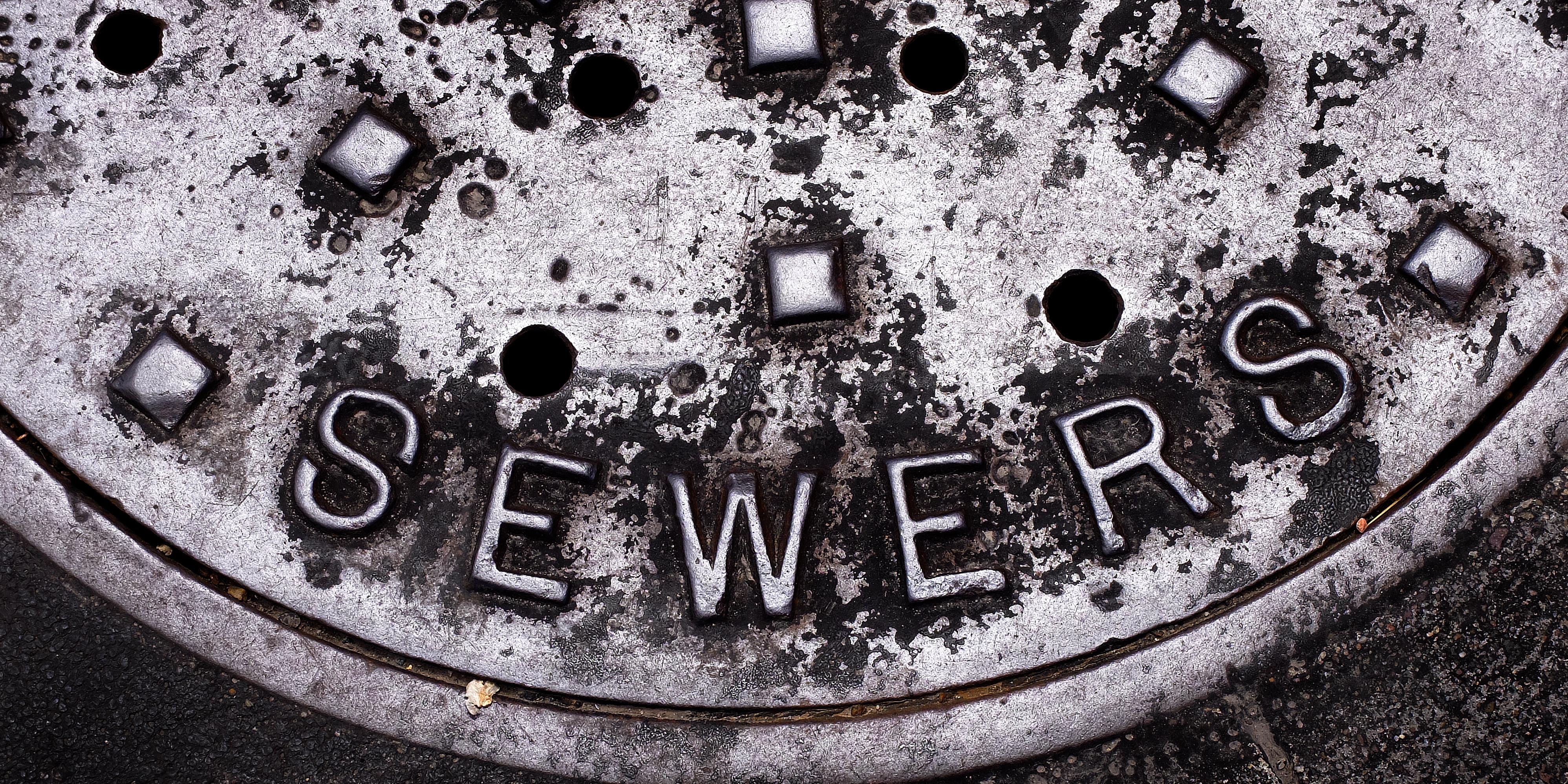Scottish Water Guidance - on definition of sewer in local authority housing estates
“Scottish Water is aware that there have been uncertainties and inconsistencies for a number of years when determining responsibility for sewerage infrastructure in former local authority housing estates. This arose from conflicting legal opinions received by us from senior counsel and from practices followed by predecessor authorities.
We have recently reviewed the position and can confirm that we will now treat sewers within private and public housing estates in the same way. We will apply the definition of “sewer” contained in section 59 of the Sewerage (Scotland) Act 1980 consistently.
Accordingly, we can confirm that the drain running through a property which is itself bounded on each side by a similar property can be regarded as a public sewer vested in Scottish Water from the point it crosses the boundary and leaves the curtilage. Any section of drain at the head of the common drain is private until the point it connects to a common drain serving adjacent properties.
We are currently revising our guidance on responsibility for sewerage infrastructure to reflect this position generally and to address more complicated scenarios and it will be published by us in due course.”
See sketch - Private and Common Drains - what is a sewer?
FYI, I note the following definitions from Section 59 of the Sewerage (Scotland) Act 1980:
“drain” in relation to premises, means any pipe or drain within the curtilage of those premises used solely for or in connection with the drainage of one building or of any buildings or yards appurtenant to buildings within the same curtilage;
“sewer” does not include a drain as defined in this section, but, save as aforesaid, includes all sewers, pipes or drains used for the drainage of buildings and yards appurtenant to buildings;
In summary, any pipe which serves more than one ‘building’ is considered a sewer and is therefore Scottish Waters Responsibility.
Not sure if this is a common problem across the country but I trust the above clarification is useful and will lead to a greater consistency in how you advise applicants about when they will have to consult Scottish Water. I hope it will also lead to a consistent approach by SW.




Comments
Add new comment